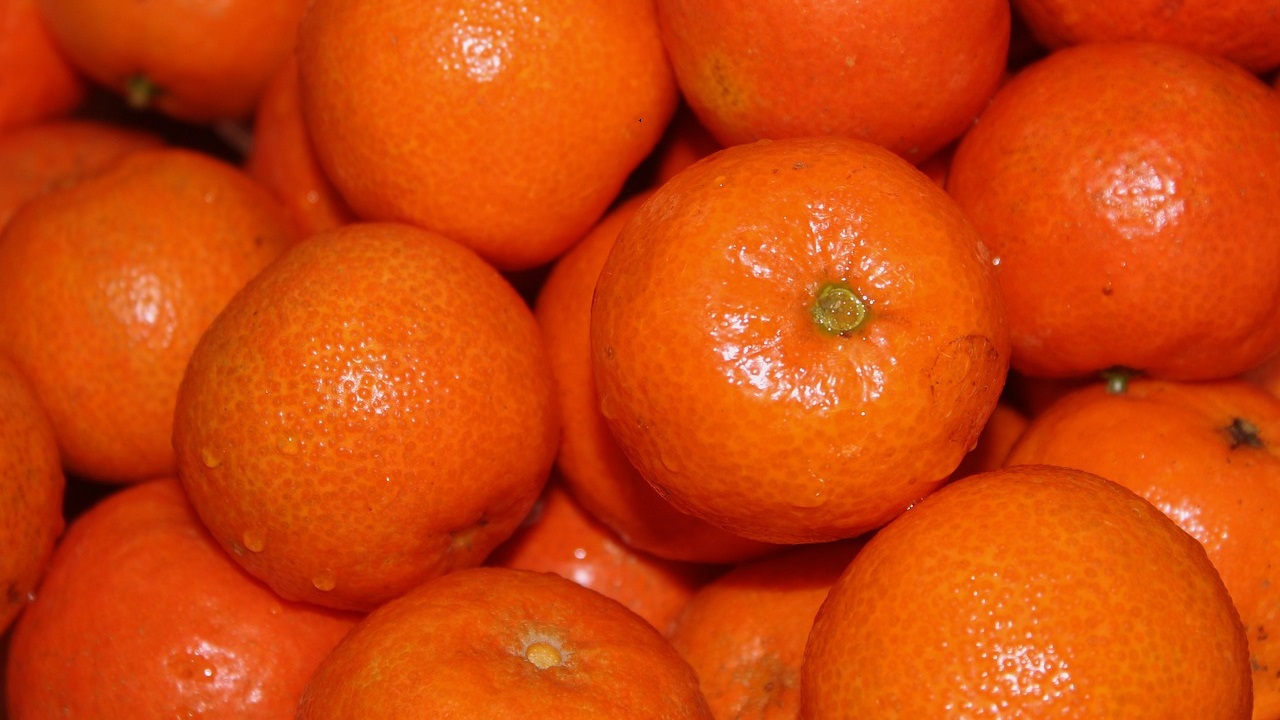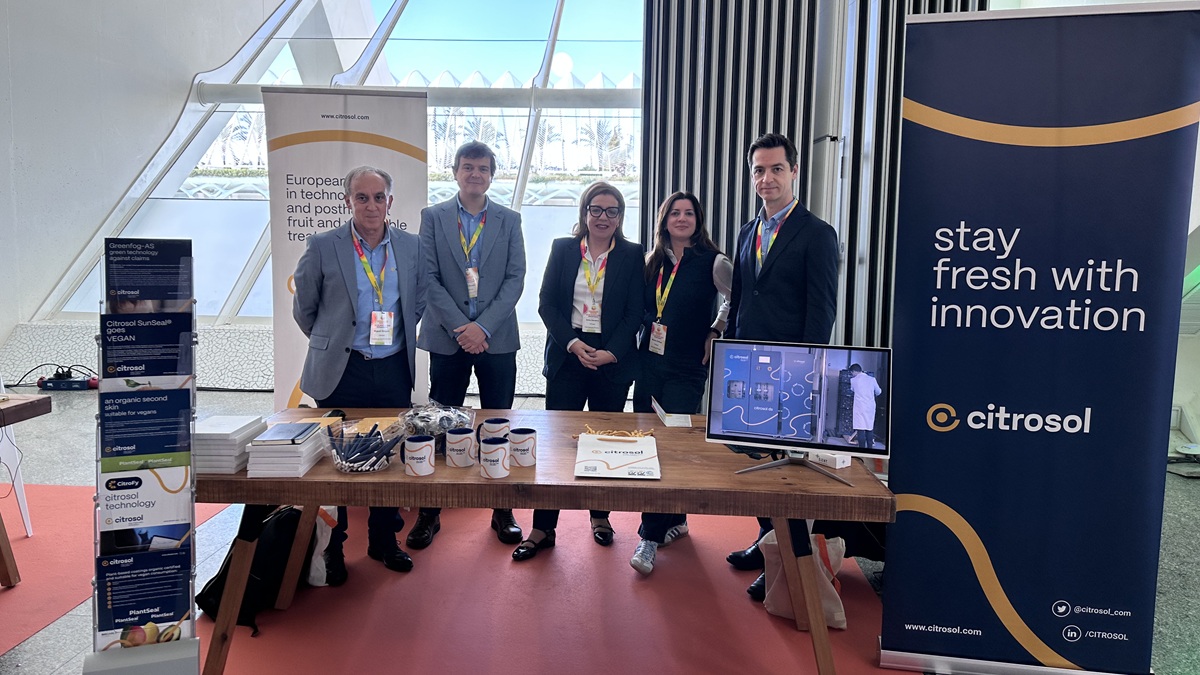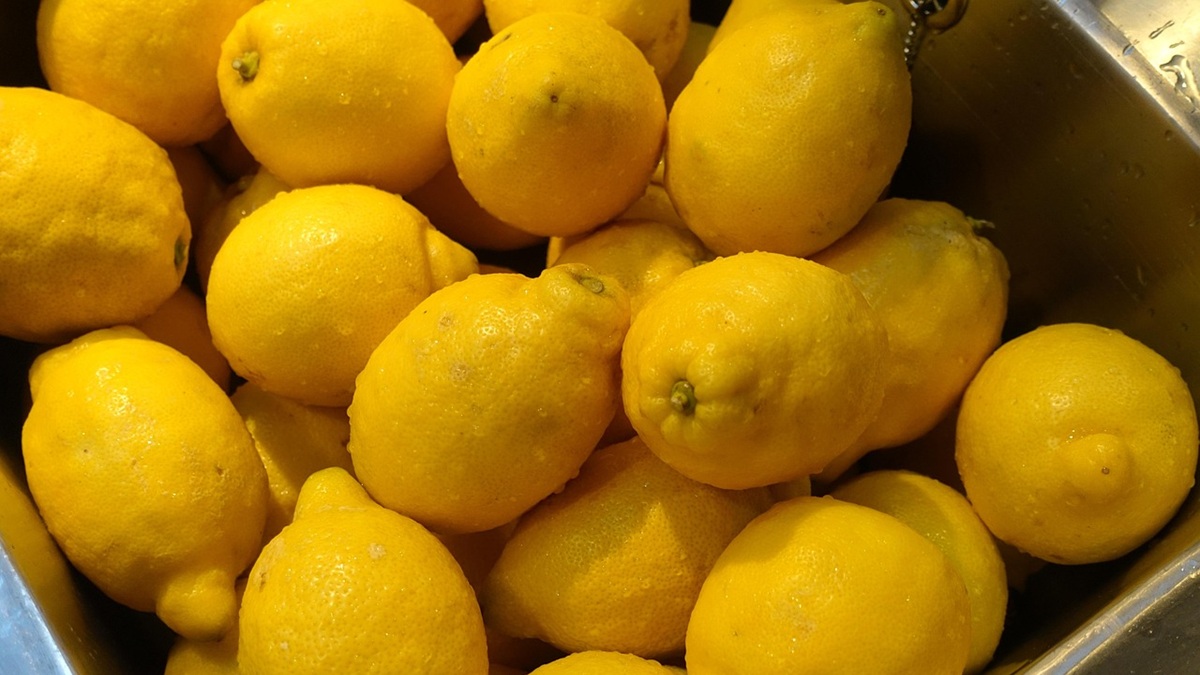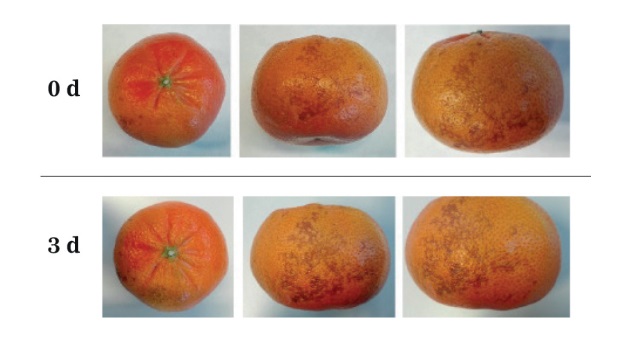

Citrosol
Phytosanitaries
Addressing Susceptibility and Preventive Recommendations for Staining in the Latter Phase of the Citrus Campaign
Analysis of the types of staining, causes, and treatments in the second part of the citrus campaign. By Daniel Tormo, Technical Department of Citrosol

The second part of the citrus campaign has two main characteristics: on the one hand, it is associated with the beginning of the export season to overseas destinations, and on the other hand, it is when premium varieties of hybrid mandarins ('Tango,' 'Nadorcott,' 'Leanri,' 'Murcott,' 'Orri,' etc.) are marketed. It is, therefore, a critical moment in which, due to the high added value of the fruit, we must pay even more attention and care to all aspects related to its handling.
Moreover, when these varieties are particularly sensitive to the appearance of different damages, stains, and/or physiological alterations on their skin, some of which manifest without a clear and fully defined pattern, with different incidence and intensity depending on campaigns, harvest times, production areas, and batches. Thus, while one batch from a certain field may show staining, another batch of the same variety and treated in the same way at the central may not be affected at all. Similarly, based on observed data in recent years, the incidence is much higher in the middle and end of a variety compared to the first third of the campaign.
Staining Originating in the Field
This type of staining has its origin in the field and is manifestly evolutionary: although some are evident upon the fruit's arrival at the packinghouse, other alterations of the flavedo manifest during its post-harvest life, either at the central after treatments, storage, and/or packaging, or at the destination (Figure 1).
Figure 1. Evolution of staining in a Tango mandarin fruit treated, packaged, and stored for 7 days; plus 0 and 3 days at room temperature
The causes of these stains are numerous and, although not entirely defined and clear, are currently under investigation, typically related to adverse weather conditions, water stress in the field, and dehydration.
Additionally, a new, increasingly common scenario must be considered, where high temperatures occur in the field during autumn and winter. This accelerates the fruit's ripening with the consequent premature senescence of the flavedo, favoring the appearance of staining-related alterations. For the same reasons, we have observed in recent campaigns a higher incidence of peel collapse, SERB, and/or "pateta de rata" in orange varieties like 'Navel Lane Late' and/or endoxerosis in lemons.
Bottom box water spot
This staining mainly appears in the contact areas between fruits or between fruit and the bottom of the box, and is observed only in fruit treated with a drencher, so it can be considered phytotoxicity caused by this treatment (Figure 2).
Figure 2. Mandarin fruits of the Nadorcott variety from the same batch, treated WITHOUT and WITH CitroProtect in the drencher
There is also significant variability in the incidence of this physiopathy between batches, production areas, and treatments. Similarly, this staining exhibits an evolutionary behavior, making it difficult to detect initially on sorting or packing tables, but in a few days, it spreads across the fruit's surface, taking on a dark brown color.
Recommendations and Treatments to Prevent Citrus Staining
To minimize and mitigate the development of different damages on the skin of sensitive varieties, the following recommendations are detailed:
- Careful fruit harvesting in the field: select batches of fruit that have not undergone abrupt temperature changes and are without external damage. Avoid, as much as possible, harvesting fruit after a very humid period and/or after heavy rains.
- Treatment: Apply a Citrosol phytoprotector to minimize staining incidence: CitroProtect, CitroProtect-Plus, Citro Protect-SE.
- Fruit selection: Intensify sorting to discard stained fruit.
- Fruit waxing: Select the most suitable coating according to the fruit's destination to minimize cold damage: SunSeal, SunSeal Vegan, PlantSeal.











